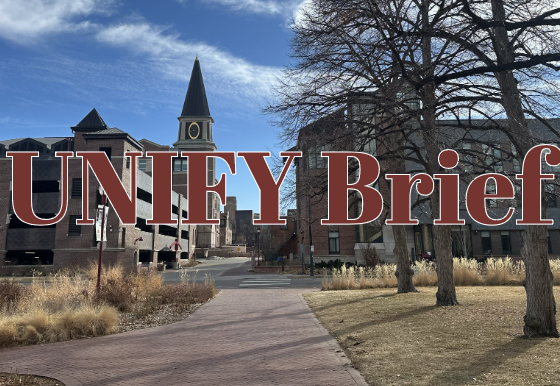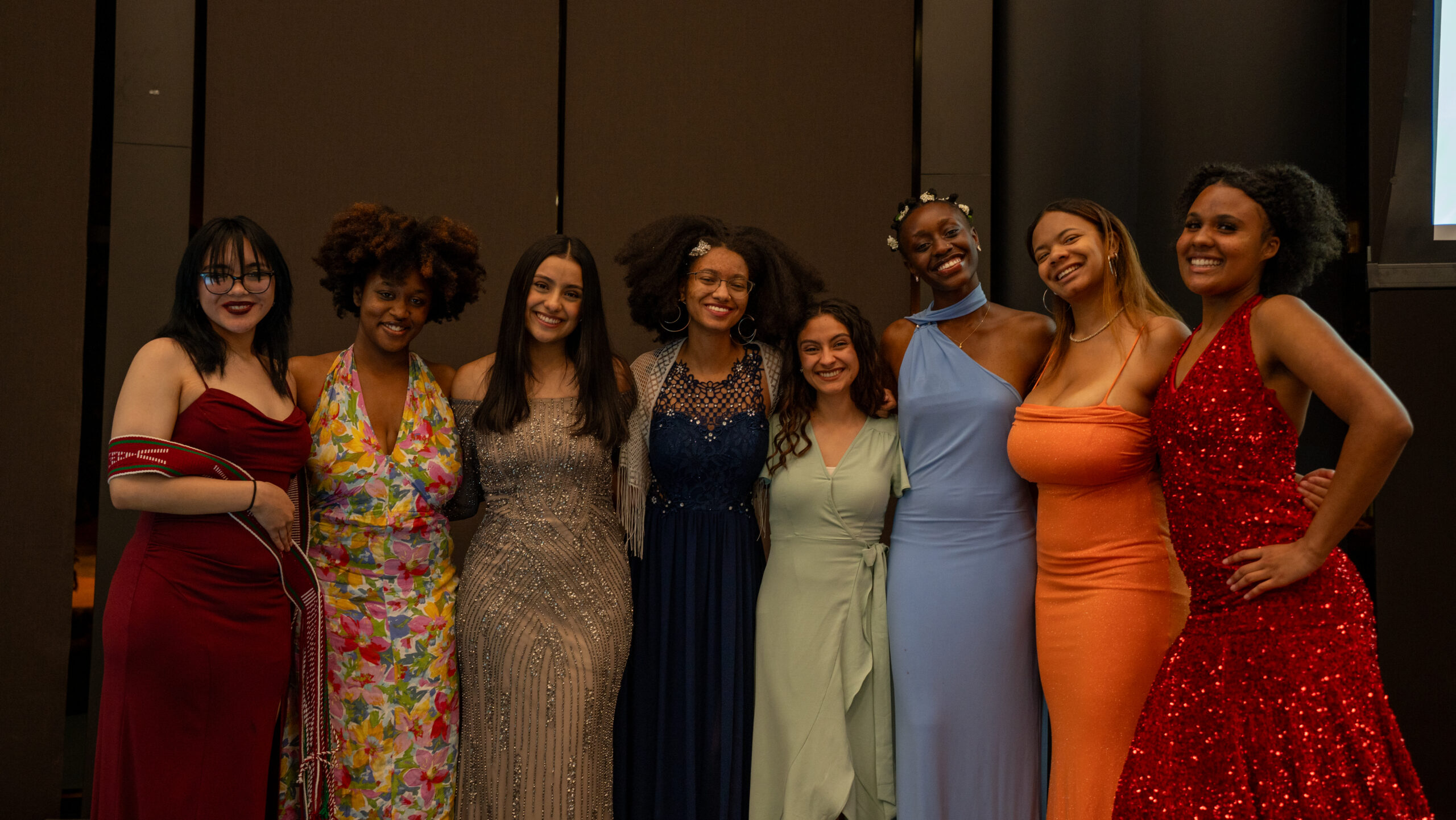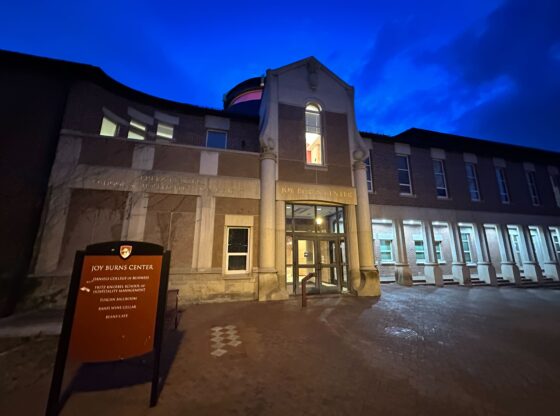The national discourse on free speech and its boundaries reverberates through college campuses across the country, and the University of Denver is no exception.
While DU presents itself as a defender of free expression, its history reflects a series of successes and significant failures in balancing this principle with inclusivity — creating a unique balancing act. Perhaps it is a tug-of-war, or perhaps it is a scale tipping one way or the other. Yet, the larger question is who is tipping this scale, and is the referee an unbiased actor?
DU’s 2017 Statement of Policy and Principles on Freedom of Expression highlights the university’s written dedication to fostering open dialogue. According to the policy, free speech is vital for the “marketplace of ideas,” a phrase first enumerated in the dissent of Abrams v. United States in 1919 regarding free speech and the distribution of anti-war pamphlets during World War I.
This “marketplace” enables academic discourse and the exploration of controversial topics within a university setting. However, the policy also acknowledges the inherent tensions between freedom of expression and inclusivity — a commitment central to DU’s stated values of “excellence, innovation, engagement, integrity and inclusiveness.”
While the university claims to protect diverse viewpoints, its record shows mixed results. For instance, the policy’s emphasis on creating inclusive spaces has often been challenged by incidents where marginalized groups felt excluded or silenced.
In 2017, tensions arose when a message supporting the Black Lives Matter (BLM) movement on the university’s “free speech wall” was altered to include provocative and racially charged language. This incident drew widespread criticism from students and faculty, highlighting the difficulty of maintaining open dialogue while protecting community members from harm.
The defacing of the BLM message became a focal point for debates on campus about the limits of free expression and the need for accountability. After this incident, the university implemented the University Committee for the Promotion of Free Expression, now known as the Freedom of Expression Committee (FOE). The committee was created to promote free expression and inclusivity reflecting an effort to address these issues, but its current impact remains debatable.
“I have never heard of that committee. I don’t think as a student, especially during last year’s Pro-Palestine protests, that it would hold any influence since there has never been visibility for this committee to build student confidence,” said Meg Williams, a third-year anthropology major.
The balancing act of speech and inclusivity extends beyond the protests of 2024 and the “free speech wall” of 2017. DU’s history is marked by significant moments that highlight the complexities of free speech on campus. From the 1970 “Woodstock West” protests against the Vietnam War to debates surrounding the discontinuation of the “Boone” mascot, the campus has been a hotspot for reconciling free speech with institutional values.
Yet, the more recent controversies of 2024 have been a focal point of the nuances of DU’s speech policies. In the spring of 2024, DU’s Pro-Palestine encampment drew sharp criticism from university leadership. Students involved reported feeling censored and unsupported, raising questions about DU’s commitment to fostering open dialogue.
Nationally, debates over controversial speakers, blatant hate speech and even the TikTok ban mirror the challenges regarding speech faced at DU. The university’s policy advocates for counter-speech as a remedy for offensive expressions, but its application in contentious situations has inspired ire rather than building bridges toward common ground.
DU’s policy draws a clear line between protected speech and conduct that falls outside the bounds of First Amendment protections. Harassment, true threats and incitement to imminent lawless action are prohibited. Beyond these legal boundaries, DU’s Code of Conduct and Honor Code emphasizes community values, addressing discriminatory behavior and fostering a safe, inclusive environment for all students.
Some, however, suggest that DU’s policies often prioritize maintaining public image over addressing systemic issues.
“It seems like the policies at DU are merely for the investors and prospects of the school and less for student engagement, interaction and criticism. It is more to check a box, like a diversity and inclusion box. It’s not like you see an honor code displayed proudly on a building. It seems like it is more for the administration to feel better about the decisions they’ve put in place,” said Williams.
The tension between inclusivity and free expression remains unresolved, with marginalized students frequently bearing the brunt of controversial speech, as shown in 2017 during the BLM movement. DU’s approach — advocating for debate alongside efforts to amplify historically silenced voices — has sometimes appeared inconsistent in practice. Events like the Pro-Palestine encampment illustrate how activism can challenge institutional commitments to both expression and inclusivity, revealing gaps in policy enforcement.
As DU continues to grapple with these complex issues, fostering meaningful dialogue remains essential. However, this requires more than policy statements and unrecognized committees. The university must address its inconsistencies and demonstrate a genuine commitment to supporting all community members. Establishing transparent processes for handling controversial incidents and providing support for marginalized groups are important steps toward this goal.
The balancing act is undoubtedly a precarious situation, yet neither side wins if the scale itself tips over.








